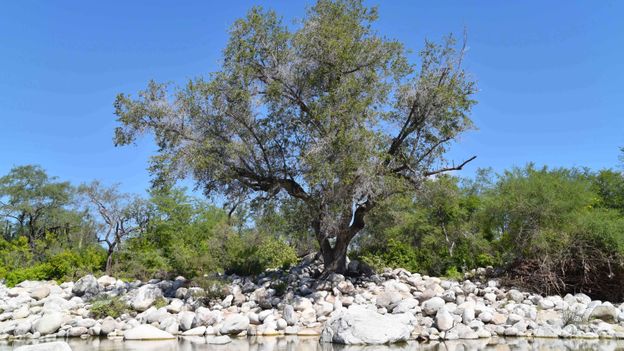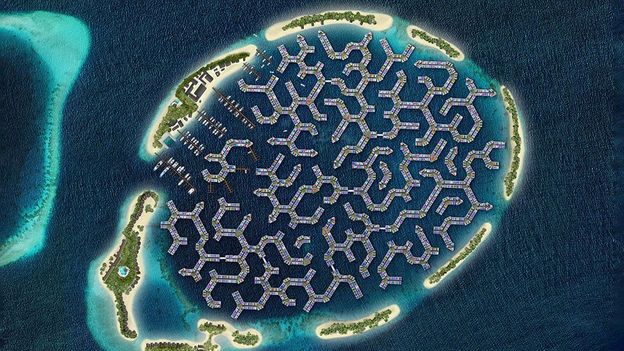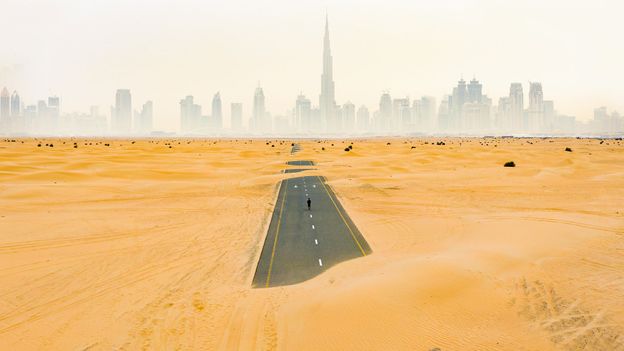Low-carbon design of buildings can also go hand in hand with features that help mitigate the existing impacts of climate change, such as high temperatures and heavy rainfall. Green roofs and walls – which sequester carbon dioxide, reducing air pollution – also help insulate buildings, reducing energy demand, as well as absorb stormwater, reducing flood risk.
Improving energy efficiency in buildings is vital. This means designing to reduce the amount of energy needed to heat, cool and light them. Robust insulation plays a big role, as do airtight doors and windows, LED lighting, minimised glazing and carefully planned orientation.
Power
How we get and use our energy both depletes natural resources and emits GHG. Heating, for instance, accounts for over a third of the UK’s GHG emissions. But the transition from burning coal and gas to renewable, low-carbon energy sources – such as solar, hydroelectric, wind and geothermal – has already begun.
Local energy can also significantly cut emissions. Instead of relying on the gas or electricity grids, with power generated in stations outside of London, energy is generated and supplied locally, such as through solar panels or district heating networks.
District heating – in which heat is generated in a centralised location and distributed locally through a system of insulated pipes – can use fossil fuels, but are increasingly using renewable, low-carbon sources. London, at last count in 2013, had 920 district heating networks – and more are being developed.
The transition to local energy networks often requires having energy centres within the city. The new Bunhill 2 Energy Centre in Islington expands an existing district heating network. Created on the site of a Tube ventilation shaft, it uses waste heat from the Northern Line to sustainably heat buildings in the neighbourhood. Designed by Cullinan Studio, it stands out with a copper-hued, intricately patterned metal exterior. Another district heating network centre, the Greenwich Peninsula Low-Carbon Energy Centre, is also celebrated in the cityscape, featuring an eye-catching, geometric, silver flue tower designed by British artist Conrad Shawcross.












